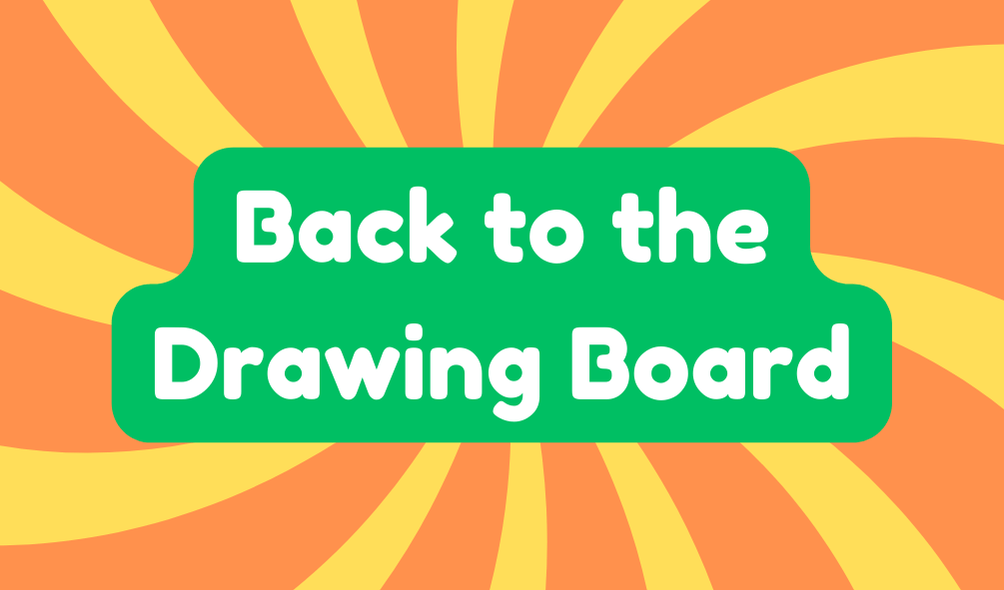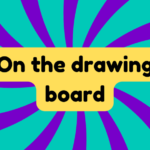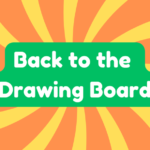"Back to the drawing board" refers to the process of reassessing strategies or designs after failure. This phrase originated during World War II, symbolizing the need for reevaluation among engineers and designers. It highlights how setbacks can lead to innovative solutions. Common expressions include "return to the drawing board" and "replan." Understanding the significance of this phrase underlines the importance of resilience in creative endeavors. To grasp the full implications, one must explore its relevance in today's context.
Synonyms
When a project fails, many individuals find themselves at a crossroads, prompting a return to the drawing board. They recognize the necessity of revising plans and adapting strategies through design iterations. This process encourages alternative approaches, with several effective synonyms worth noting:
- Reassess current strategies for potential improvements.
- Reevaluate assumptions that may have led to failure.
- Redesign blueprints to foster innovation.
- Replan actions to align with new objectives.
Example of Sentences
The concept of returning to the drawing board often plays a significant role in the development process, particularly after a project has encountered setbacks. Accepting creative failures is essential for growth, leading to innovative solutions through iterative designs. Consider the following examples:
- A designer reflects, "My experiment was a failure, so back to the drawing board."
- A team member argues, "Starting over after a mistake is often the best approach."
- An engineer concludes, "A design revision is suggested by going back."
- A leader states, "If the proposal is rejected, a new plan will be created."
These illustrate the resilience required for improvement.
Origin
Originating during World War II, the phrase "back to the drawing board" reflects a significant cultural moment when the need for design reevaluation became apparent. Initially popularized in the late 1940s, its phrase evolution is tied to military contexts highlighting design failure. The term emerged from the frustrations faced by engineers and designers, emphasizing the necessity of revisiting initial concepts to innovate effectively. This idiomatic expression underscores the iterative nature of design processes, signifying acceptance of shortcomings while fostering a mindset geared towards improvement. Consequently, the phrase remains relevant, inviting a continuous cycle of reassessment and creativity in various fields.
Collocations
Collocations associated with the phrase "back to the drawing board" reveal its versatile usage in various contexts. They serve as markers for reflection in creative processes and iterative design. Understanding these collocations can enhance one's communication during challenging discussions. Notable phrases include:
- "Go back to the drawing board"
- "Take it back to the drawing board"
- "Return to the drawing board"
- "Move back to the drawing board"
These expressions highlight the necessity for reevaluation and persistence. They remind innovative thinkers that failures are merely stepping stones, prompting essential changes rather than signaling an end.
How to Use in Everyday Language
Using the phrase "back to the drawing board" in everyday language can help individuals articulate their experiences with failure and the need for reevaluation. It serves as a reminder that learning failures are not the end, but an opportunity for growth. When faced with setbacks, articulating the necessity of revising plans encourages a mindset focused on innovation. This phrase conveys a realistic approach to problem-solving, highlighting how creativity thrives from acceptance of setbacks. By embracing this mindset, individuals can transform negative experiences into valuable lessons, ultimately fostering an environment where continuous improvement and adaptation become part of everyday discourse.
Why Is It Still Relevant Today?
Why does the phrase "back to the drawing board" continue to resonate in today's fast-paced world? Its relevance lies in the relentless pursuit of innovation amidst frequent failures. In modern applications, businesses and individuals engage in design thinking to pivot strategies after setbacks. This iterative process encourages revision and improvement, challenging the notion that failure is final. As technology evolves rapidly, the ability to reassess and redesign becomes essential. Rather than shying away from setbacks, embracing the phrase promotes resilience and adaptability. Ultimately, it serves as a reminder that every failure presents an opportunity for growth and better solutions.







